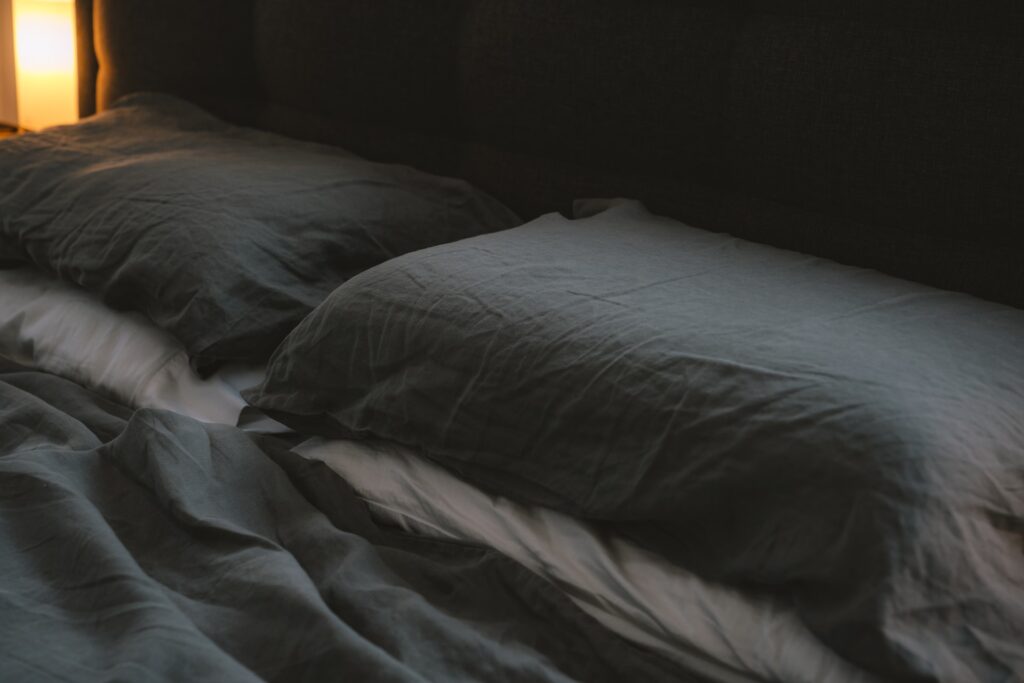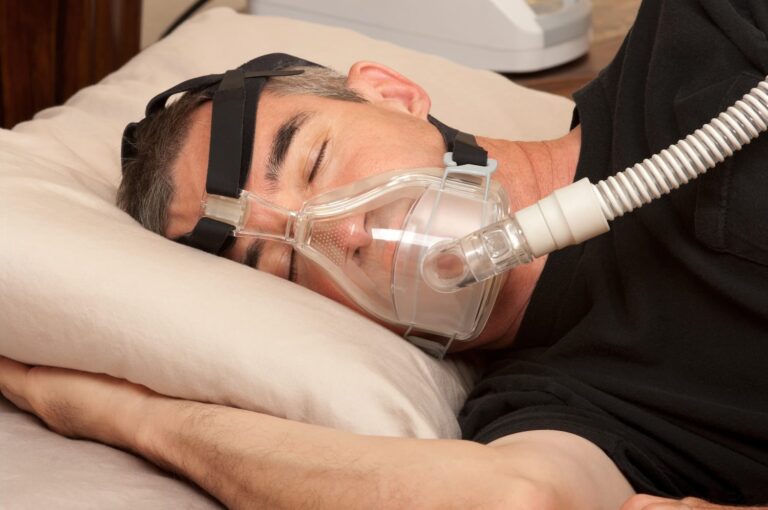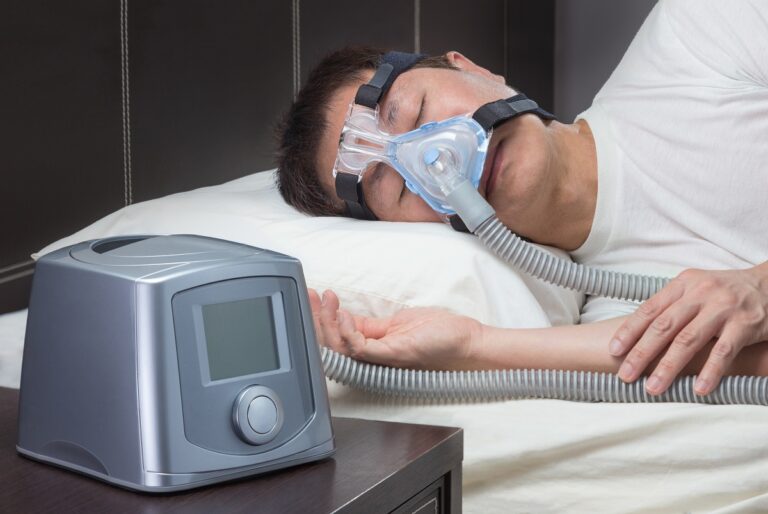Understanding Sleep Studies
Sleep studies, also known as polysomnography, are essential for diagnosing various sleep disorders, including sleep apnoea, insomnia, and restless leg syndrome. Traditionally, these studies required patients to spend the night in a sleep clinic, which could be daunting. However, advancements in technology have led to the introduction of home sleep studies, providing a more comfortable and convenient alternative.
Home sleep studies allow individuals to undergo testing in the comfort of their own beds, making the process less intimidating. This shift not only enhances the patient experience but also increases the likelihood of accurate results, as patients are more likely to sleep naturally in their familiar environment. These studies typically involve the use of portable devices that monitor various physiological parameters, such as breathing patterns, heart rate, and oxygen levels, all of which are crucial for a comprehensive assessment of sleep quality.

The Importance of Accurate Diagnosis
Accurate diagnosis is crucial for effective treatment. Many sleep disorders can lead to serious health issues if left untreated, including cardiovascular problems, diabetes, and mental health disorders. By utilising a home sleep study, patients can receive a timely and precise diagnosis, enabling them to start appropriate treatment sooner. The convenience of home testing means that more individuals are likely to seek help for their sleep issues, which is vital given the prevalence of sleep disorders in today’s fast-paced society.
Home sleep study Hobart represent a significant advancement in the field of sleep medicine, transforming the way sleep disorders are diagnosed and treated. By providing a comfortable, convenient, and cost-effective alternative to traditional sleep studies, they empower patients to take control of their sleep health.
Moreover, a correct diagnosis can significantly improve a patient’s quality of life. Individuals suffering from sleep disorders often experience daytime fatigue, mood swings, and decreased productivity. Identifying the underlying issue through a home sleep study can lead to targeted therapies that alleviate these symptoms. For instance, those diagnosed with sleep apnoea may benefit from continuous positive airway pressure (CPAP) therapy, which can dramatically enhance their sleep quality and overall well-being. Additionally, understanding the specific nature of one’s sleep disorder can empower patients to make lifestyle changes, such as improving sleep hygiene, which can further contribute to better sleep health.
How Home Sleep Studies Work
Home sleep studies typically involve the use of portable monitoring devices that patients wear while they sleep. These devices track various physiological parameters, including breathing patterns, heart rate, and oxygen levels. The data collected is then analysed by sleep specialists to determine the presence and severity of any sleep disorders. Read more about severity at https://pmc.ncbi.nlm.nih.gov/articles/PMC5486916/
Patients are usually provided with clear instructions on how to set up and use the equipment. This often includes attaching sensors to the body and ensuring that the device is properly calibrated. The ease of use is a significant advantage, as it allows individuals to focus on getting a good night’s sleep without the stress of being in an unfamiliar environment. Moreover, the comfort of sleeping in one’s own bed can lead to more natural sleep patterns, which is crucial for accurate data collection.
In addition to the physical setup, patients may also be encouraged to maintain a sleep diary during the study period. This diary can include notes on sleep habits, daily routines, and any factors that might influence their sleep quality, such as caffeine intake or stress levels. Such qualitative data can provide sleep specialists with a more holistic view of the patient’s sleep health, complementing the quantitative data gathered by the monitoring devices.
Types of Home Sleep Studies
There are different types of home sleep studies, each designed to assess specific sleep disorders. The most common type is the Type III study, which measures several parameters, including airflow, respiratory effort, and oxygen saturation. This comprehensive approach is particularly effective for diagnosing obstructive sleep apnoea.
For patients who may only exhibit mild symptoms or require further investigation, a Type II study may be recommended. This type of study is less comprehensive but can still provide valuable insights into sleep patterns and disturbances. Additionally, some home sleep studies are tailored for specific populations, such as those with chronic respiratory conditions or heart problems, ensuring that the monitoring is relevant to the individual’s health needs. These specialised studies can help in understanding the interplay between sleep quality and other medical conditions, leading to more targeted treatment plans.
Benefits of Home Sleep Studies
The benefits of home sleep studies are numerous, making them an appealing option for many patients. One of the primary advantages is the comfort and convenience they offer. Individuals can sleep in their own beds, surrounded by familiar sounds and smells, which can lead to a more natural sleep experience. This familiar environment can be particularly beneficial for those who may struggle with anxiety or discomfort in clinical settings, allowing for a more accurate representation of their typical sleep patterns.
Additionally, home sleep studies can often be scheduled more flexibly than in-clinic studies. This flexibility allows patients to choose a time that suits them best, reducing the stress associated with scheduling appointments and travel. Furthermore, the cost of home sleep studies is generally lower, making them a more accessible option for many individuals. This affordability can encourage more people to seek help for sleep disorders they might otherwise ignore due to financial constraints, ultimately leading to improved overall health and well-being.

Enhanced Patient Experience
Transforming the diagnosis experience is not just about the procedure itself; it’s also about how patients feel throughout the process. Home sleep studies can significantly enhance the patient experience by reducing anxiety and improving comfort levels. Patients are more likely to engage with the process positively when they feel at ease. The ability to control their environment, such as adjusting the lighting or temperature, can contribute to a more restful night, which is crucial for obtaining reliable results. To learn more about temperature click here.
Moreover, the ability to conduct the study at home can lead to better compliance. Patients are less likely to skip the study or feel overwhelmed by the clinical setting, resulting in more accurate data and a better understanding of their sleep health. This increased compliance can also foster a sense of ownership over their health journey, empowering individuals to take proactive steps in managing their sleep issues. Additionally, the simplicity of the home setup often means that patients can receive immediate feedback from healthcare providers, allowing for quicker adjustments to treatment plans and a more responsive approach to their sleep health needs.
Interpreting the Results
Once the home sleep study is complete, the collected data is sent to a sleep specialist for analysis. The specialist will review the information to identify any abnormalities in sleep patterns, breathing, and other vital signs. This interpretation is crucial for forming a diagnosis and recommending appropriate treatment options.
Patients will typically receive a detailed report outlining the findings, which may include recommendations for further tests or treatments. Understanding the results can empower patients to take charge of their health and make informed decisions about their sleep hygiene and lifestyle choices.
Next Steps After Diagnosis
Following a diagnosis, patients may be advised to pursue various treatment options based on the severity and type of sleep disorder identified. For instance, those diagnosed with obstructive sleep apnoea may be prescribed continuous positive airway pressure (CPAP) therapy, while others might benefit from lifestyle changes or cognitive behavioural therapy.
It’s essential for patients to maintain open communication with their healthcare providers throughout this process. Regular follow-ups and discussions about treatment efficacy can help ensure that individuals receive the best possible care and support as they work towards improving their sleep health.
Conclusion
As awareness of sleep disorders continues to grow, the importance of accurate diagnosis and effective treatment cannot be overstated. Home sleep studies not only enhance the diagnostic experience but also play a vital role in improving overall health and well-being.
For those experiencing sleep difficulties, considering a home sleep study in Hobart may be the first step towards restful nights and rejuvenated days. With the right support and guidance, individuals can reclaim their sleep and, in turn, their quality of life.
Other resources: Confused About Sleep Testing Hobart Here’s What You Should Know


